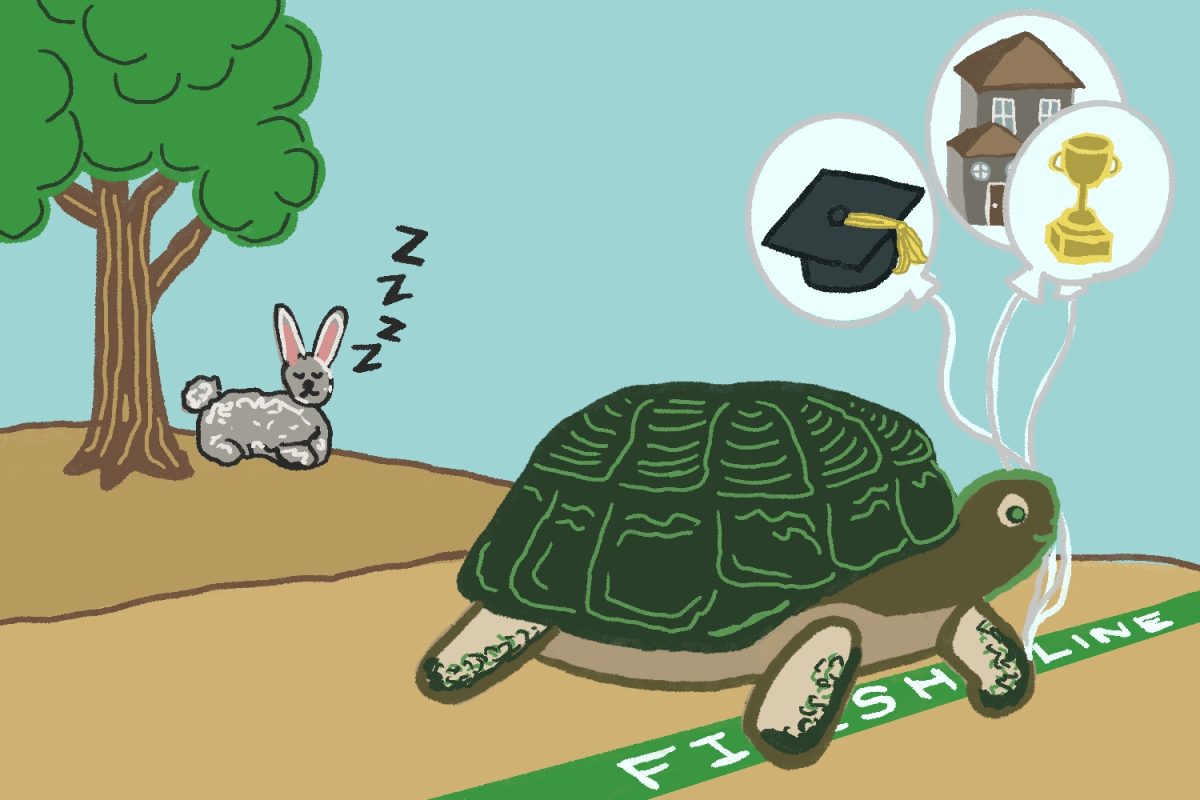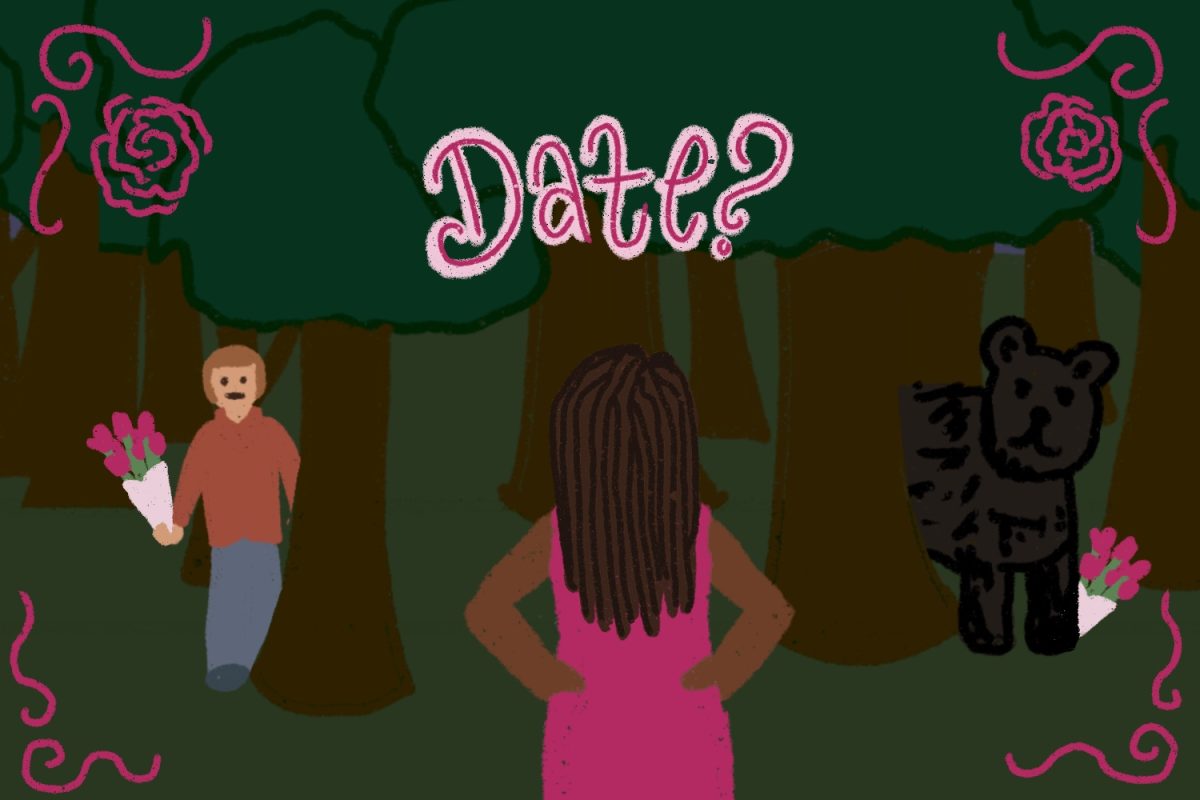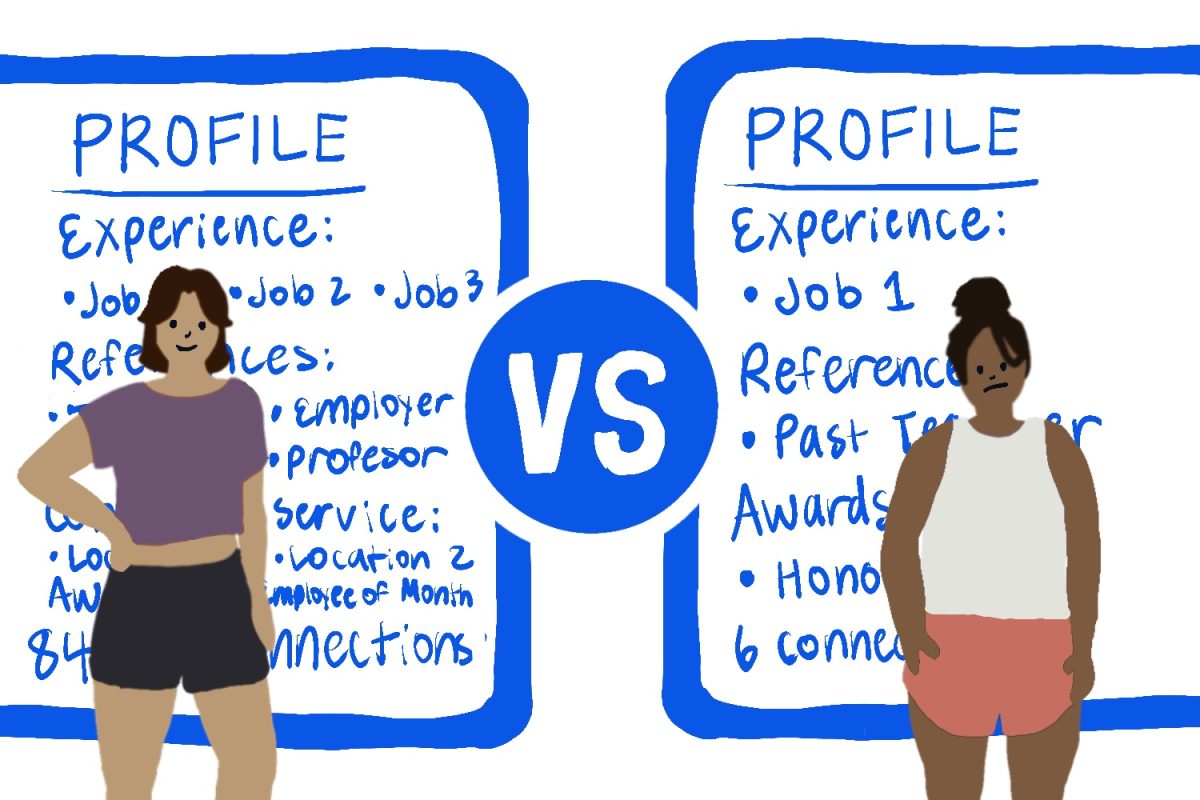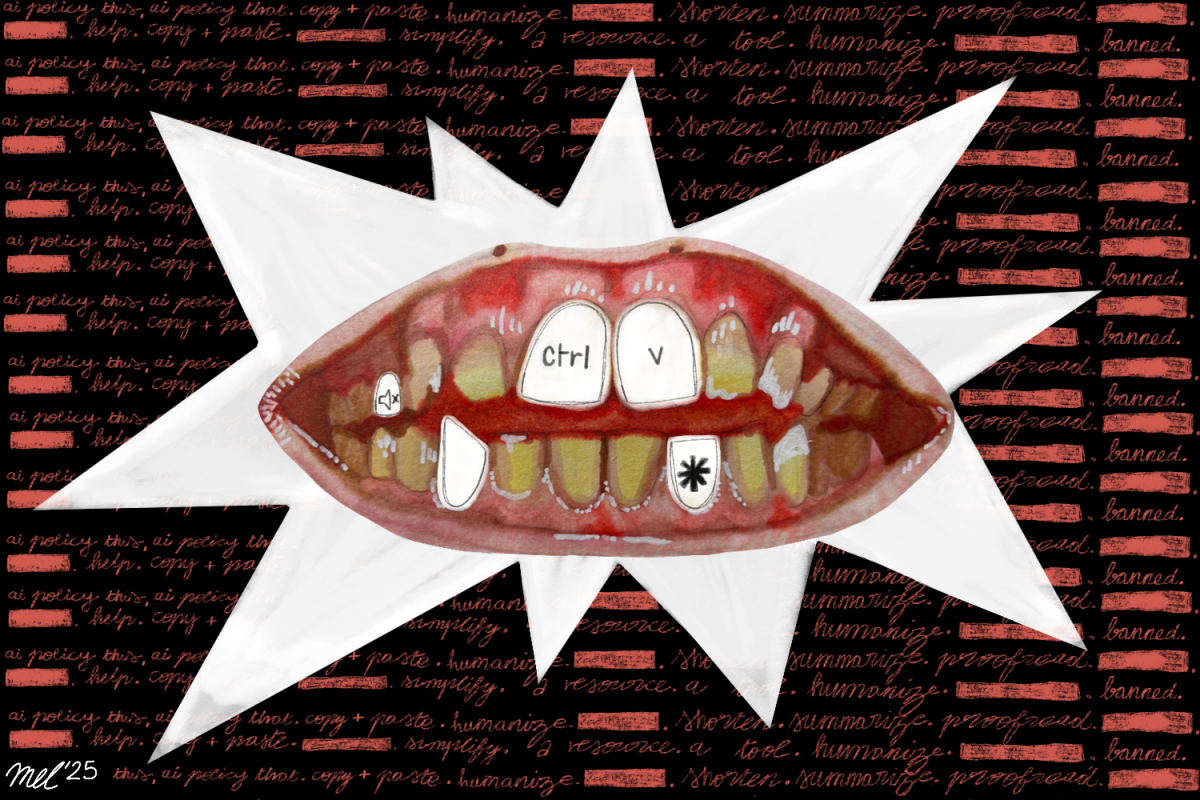In ninth grade, I wanted to write a book about real life. I must have been tired of UFOs and werewolves and happy things in general — I was suddenly preoccupied with somber scenes set to somber music, and incredibly somber character backstories. I think this was due in large part to “Stand By Me,” one of the first Serious Movies I loved. By “Serious,” I am referring to my young perception of all the books and films in the world that (somehow) seemed to have nothing to do with magic or creatures or aliens.
In the fall of 2011, when I was 14, I decided it was time for me to write my own Very Serious Book. This would entail creating a main character based directly on me (of course), creating an ensemble cast of other characters more or less based directly on everyone I knew, and, of course, creating a setting based more or less directly on my town, during more or less the current year of 1972.
Somehow I overlooked that last part. I met every other criteria — the characters in my head walked and talked like myself and the people I knew, the town looked and felt like the town I lived in, and yet, for some reason, it was 1972.
Let me be clear: I was not even remotely alive in the year 1972. In fact, I was born a whole quarter century after 1972. What the hell was I thinking? Why, if my goal was to portray my truest experience, had I opted to place my otherwise accurate story 40 years into the past?
Looking back at “Stand By Me” might lead to an answer — a movie made in 1986, but set in 1959. The difference here is that the film is based on a 1982 short story by Stephen King, who, born in 1947, lived through his own adolescence in the late 50s and early 60s, which is consistently reflected in his other work (see “Carrie” and “It”). Still, the film is steeped in nostalgia. The first and last scenes show the main character as an adult, struggling to write the story of his childhood experiences on an 80s-era word processor. The present day exists here only to frame the nostalgia.
It is a similar nostalgia that motivated me to pick 1972. Not nostalgia for anything I had experienced, but a sense of nostalgia I had inherited. The TV shows and films I was exposed to in my 2000s childhood were created by writers and artists constructing a picture of their experience. By 2011, the constructed image of the ’70s in my mind must have seemed just close enough to the modern, recognizable world not to seem foreign, but just far enough to still seem “special.” The present, to me, did not feel special. The 1970s were definable — it was an already-established world where I could tell stories without the pesky interference of things like the internet or iPhones or all the other modern things that seem to take the drama out of life.
This fixation on the past as special or interesting seems to be a problem among all artists, but maybe especially aspiring fiction writers. In high school I joined a National Novel Writing Month group on Facebook, and I noticed that the imagery both on the Facebook page and at the group meetings was a lot of quills, sepia-toned scrolls, ink and typewriters. However, neither me nor anyone else there actually wrote with quills or scrolls or typewriters. Getting a quill and ink is something I wanted to do after reading Harry Potter as a kid. Getting a typewriter is something I wanted to do a bit later, as a teenager, when I was set on writing about the 1970s.
In choosing to write about the 1970s, I was not only choosing distant, romanticized subject matter, but I was romanticizing the act of fiction writing. The 1970s, in my head, seemed distant and mysterious enough to be the perfect subject matter for a real capital-W Writer. I cared about the story, and the characters, but my choice of setting was just part of my process, like the decision to write it up on a typewriter (which I probably would have done, given the chance). The problem with this fixation on more mysterious, bygone aesthetics is that people can become more involved with the aesthetic of writing, or “being a writer,” than actually writing, or developing the skill of writing.
This applies to all kinds of art. A musician can be wrapped up in “being a musician,” that is, looking like or being known as a musician, a comedian in “being a comedian,” and so on. This is not bad, but it is the infinitely smaller part of actually being a musician, being a comedian. These fixations on the past get closer to the present, too, and come in varying degrees of complexity, but the mindset is the same: if I dress how my favorite artist dresses, maybe that will help me be able to do what they do. This is not a bad thing to do — it would just be a bad substitute for actually developing a skill. This is why these fixations are potentially dangerous. They don’t help us learn what an artist is (the big question) — they give us dated images of what an artist looks like.




















































































































